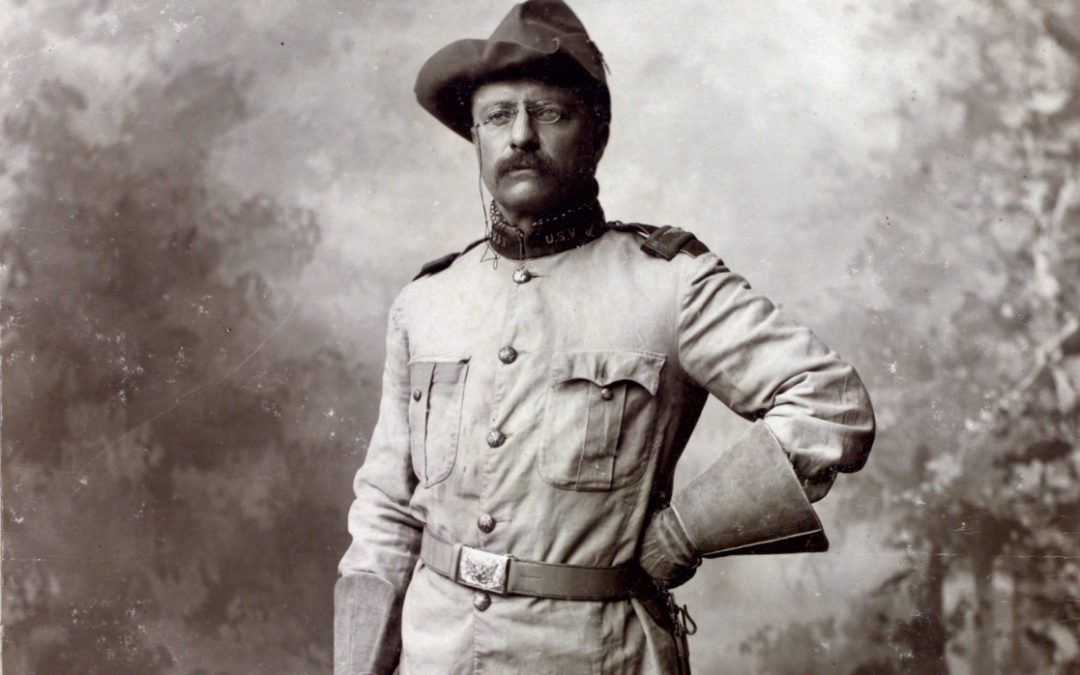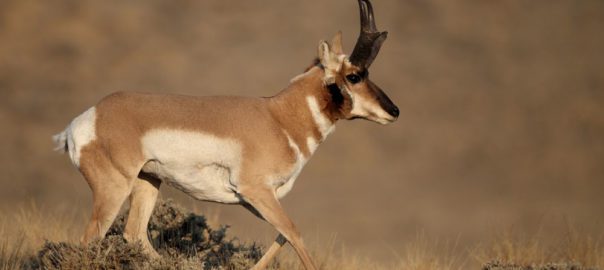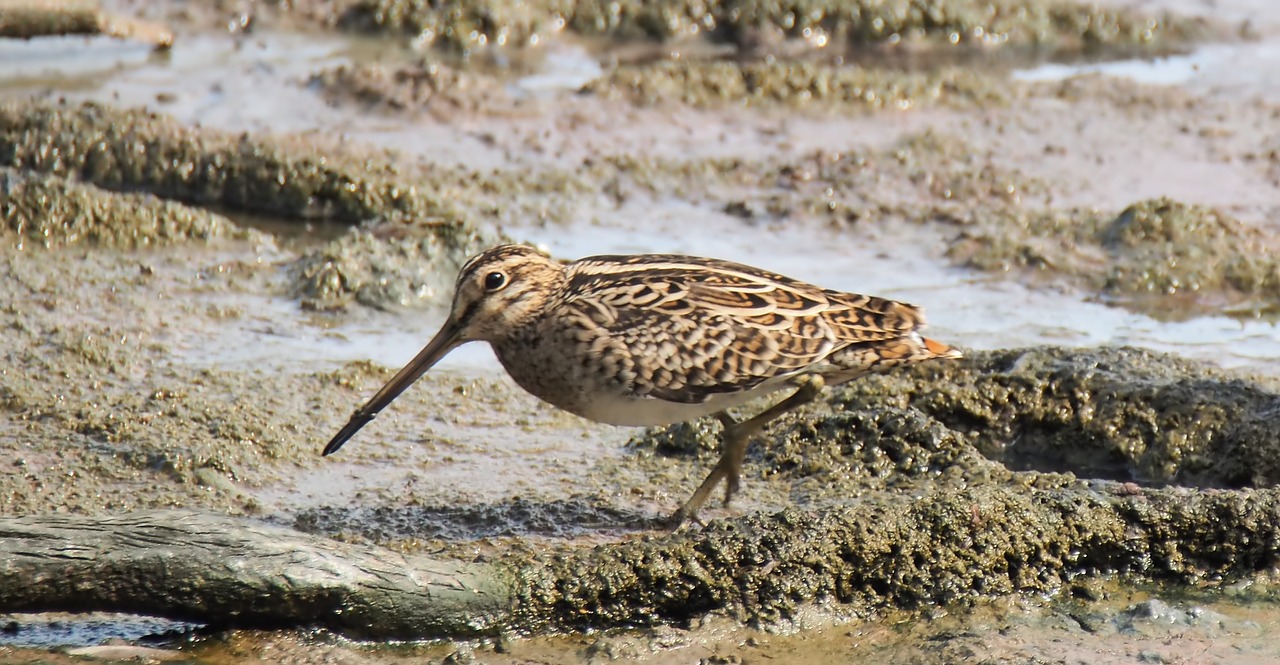Roosevelt’s cowboy cavalry, the Rough Riders, and their victory at the Battle of San Juan Hill made Roosevelt the most famous man in America in 1898.
Back East, Theodore Roosevelt co-chaired a commission to beautify Niagara Falls and rooted out corruption from the U.S. Civil Service and the New York police. He soon became, as you might expect, a rock in the shoe of “business as usual.” Party elders, seeking to have him promoted where he could do no further harm, noted his first book, The Naval War of 1812, and suggested a desk job. In 1897 President William McKinley appointed Roosevelt to be assistant secretary of the Navy.
It didn’t work. Roosevelt yammered for the annexation of the Hawaiian Islands, the digging of a canal between the Atlantic and Pacific, the construction of five new battleships. All yammering came to an end at 9:30 p.m. on February 15, 1898, when the Maine blew up in Havana harbor. Two hundred and fifty American sailors perished, and the country was no longer yammering but suddenly clamoring for war.
The Spanish-American War
The Maine’s captain suggested and subsequent investigations indicated the ship was destroyed by an internal explosion in the coal bunkers, not a Spanish mine. But no matter, Congress declared a naval blockade of Cuba on April 21, and Spain declared war four days later. Roosevelt resigned his position and was commissioned a lieutenant colonel in the U.S. Cavalry.
Roosevelt must have been thinking about cowboy cavalry for a long time—“rough men who already knew how to ride and shoot”—as he quickly began assembling and training troopers in San Antonio. But in reality, among the 1,200 men of the 1st U.S. Volunteer Cavalry were Ivy League athletes, policemen, Indians, tinhorn gamblers, gone-broke gold prospectors and a Gospel preacher or two. They had a distinctive uniform: Slouch hat, flannel shirt, kerchief knotted at the neck, tall boots, Colt revolvers and Krag Jorgenson carbines.
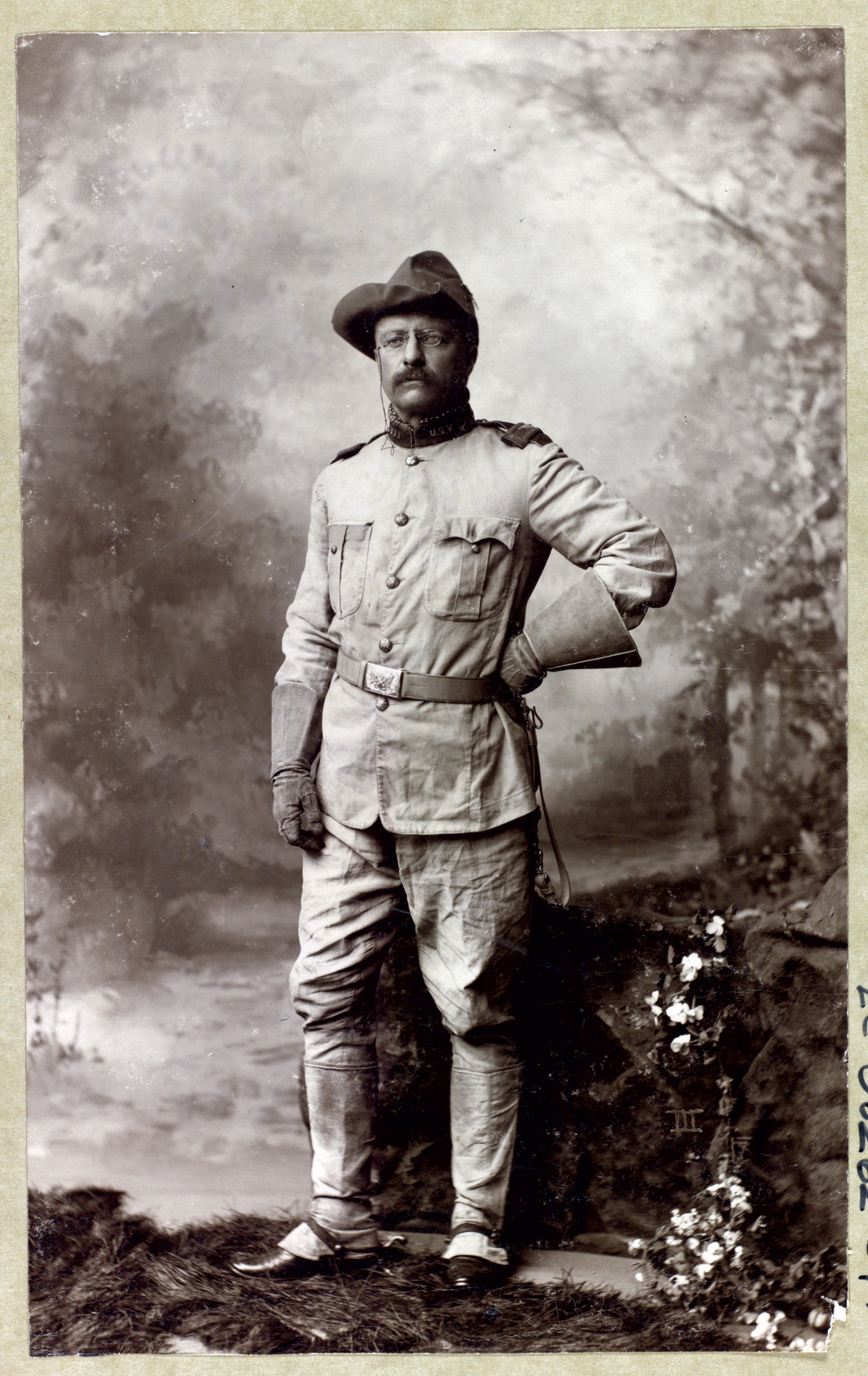
Roosevelt famously dubbed the conflict “a splendid little war,” but it was more peculiar than splendid. Neither the Army nor the Navy had troop transports, so civilian freighters were chartered. These ships had no way to transport cavalry mounts, nor any landing craft to get men or mounts ashore. Some men fired black powder single-shot rifles, some wore vintage Civil War blue wool ashore into tropical jungles.
Victory at the Battle of San Juan Hill
The war lasted only ten weeks and cost 3,000 American lives, 90 percent from disease. Nevertheless, The Rough Riders, mostly on foot because their horses had been left behind, acquitted themselves marvelously at the Battle of San Juan Hill. Col. Roosevelt had one of the few horses, Little Texas, and he chose to make himself a target for Spanish Mausers, “so I could see my men and they could see me.”
Besides his own men, he rallied dispirited New York national guardsmen and two dismounted regiments of negro cavalry to storm the heights, supported by Gatling guns. When he heard the Gatlings open up, Roosevelt knew the battle was won. Press accounts and sketches by combat artists, including Frederic Remington, made Theodore Roosevelt the most famous man in America.
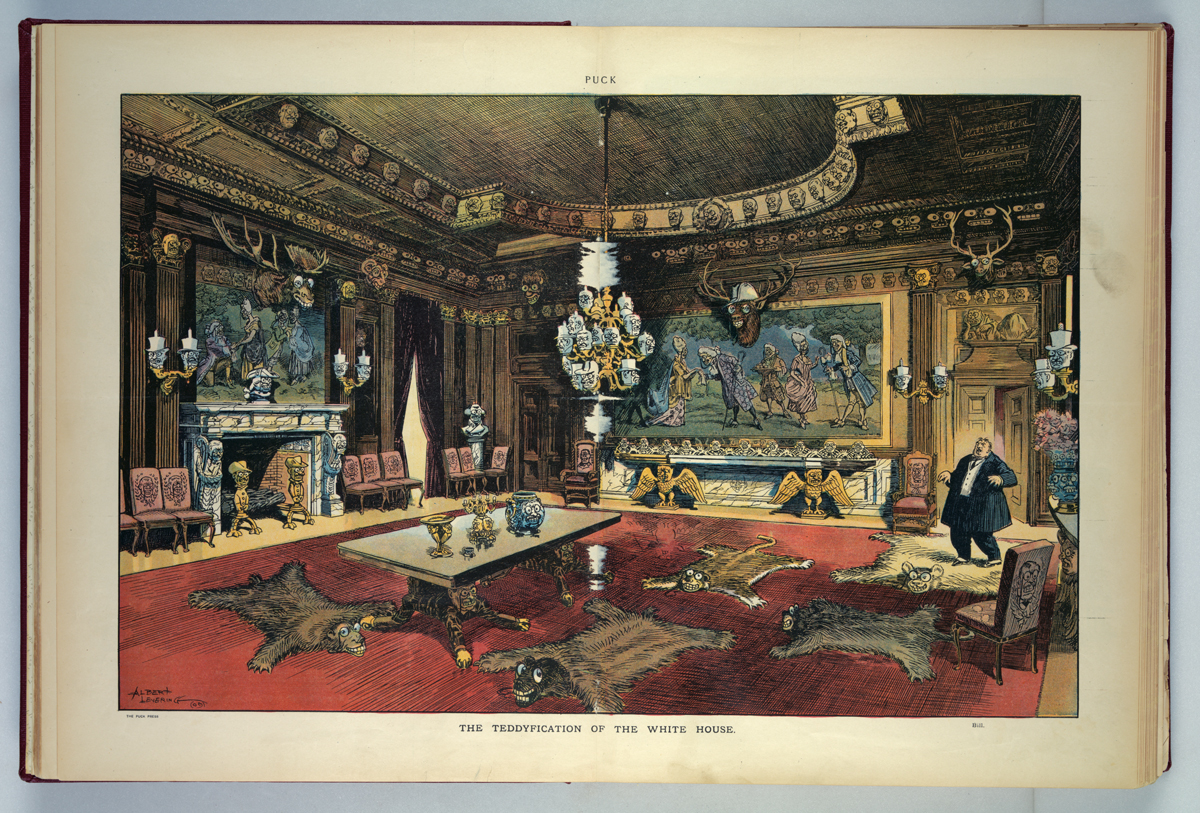
After the troopers were united with their mounts, they went on parade at Montauk, New York. It was like Wild Bill Cody had come to town. Thousands flocked from the city to the spectacle. Troopers took up a collection and presented their beloved colonel with an original Remington bronze, and Roosevelt shook every man’s hand and thanked him personally for his service. On November 8, 1898, Theodore Roosevelt was elected governor of New York by a landslide.
Cowboy for President
Mark Hanna was the attack dog of Republican politics, a senator from Ohio, a trusted advisor to President McKinley, and a major campaign financier, the Carl Rove of his day. Very secretly, he was Roosevelt’s mortal political enemy who noted Roosevelt’s rocketing acclaim with extreme alarm. There is a well-worn joke about American politics: “A woman had two sons. One went to sea and another became vice-president and neither was ever heard from again.”
At a private political powwow, when somebody suggested that as vice president, Theodore Roosevelt might be thus sidetracked, Hanna stormed, “Then that madman will be only one bullet away from the presidency!”
Roosevelt was elected vice president anyway, and Hanna’s words proved prophetic. On September 15, 1901, McKinley was standing in a receiving line at the Buffalo Pan-American Exposition when a deranged anarchist shot him twice with a cheap 32-caliber Iver Johnson top-break revolver. McKinley died eight days later.
Mark Hanna was aboard a train when the telegraph brought news of the president’s death. He walked into the club car full of Republican stalwarts and heavy with cigar smoke and announced, “Now that damned cowboy is president of the United States.”
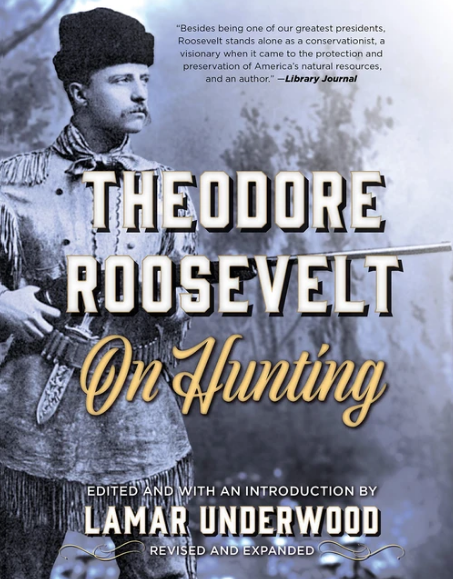 Of Roosevelt’s many volumes of hunting and exploration, two reader favorites have always been Ranch Life and the Hunting Trail and African Game Trails, both excerpted here. During his ranching years, Roosevelt ranged far and wide, and his African trips were also famously bold. In all his expeditions, Roosevelt reveals in detail hunts that were incredible journeys of both pursuit and discovery, for wherever he went in the outdoors he assumed the dual roles of hunter and naturalist.
Of Roosevelt’s many volumes of hunting and exploration, two reader favorites have always been Ranch Life and the Hunting Trail and African Game Trails, both excerpted here. During his ranching years, Roosevelt ranged far and wide, and his African trips were also famously bold. In all his expeditions, Roosevelt reveals in detail hunts that were incredible journeys of both pursuit and discovery, for wherever he went in the outdoors he assumed the dual roles of hunter and naturalist.
The hunts range from upland birds and waterfowl to prized big game animals like elk, bear and sheep amid lofty peaks. There are goat pursuits among ice-glazed mountain spires and close encounters with grizzlies in the black timber. He survives lion charges and buffalo attacks, and stumbles on elephants.
From the peaks and plains of the American West, to the vast and mysterious East African game fields and forests, Roosevelt shares his experiences and observations in irresistible prose. Shop Now

